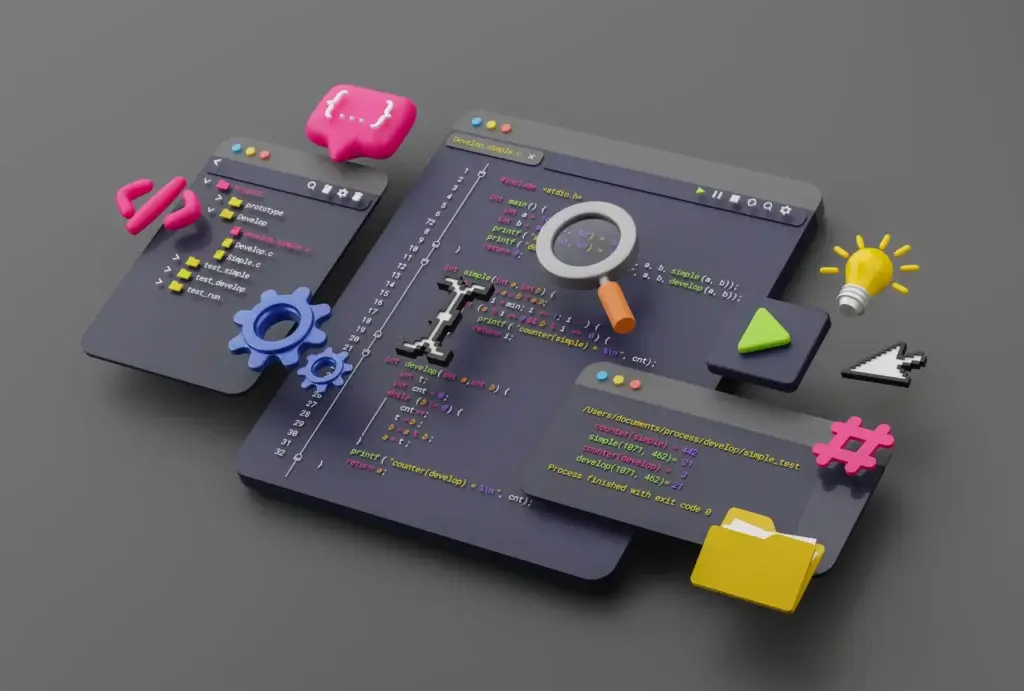
Mobile app performance testing is an essential process that ensures that your app functions smoothly and delivers a seamless user experience. With millions of mobile apps available on app stores, users have high expectations and are quick to abandon apps that don’t perform well. In this guide, we will cover the key aspects of mobile app performance testing to help you optimise your app for a successful launch.
Define performance requirements
Before you begin testing, it’s important to define your performance requirements. This includes identifying key performance indicators (KPIs) such as app response time, app load time, and network performance. Having a clear understanding of these KPIs will help you design a comprehensive testing plan.
Select the right testing tools
There are many testing tools available for mobile app performance testing. Some of the popular tools include Appium, Xamarin, and Calabash. It’s important to select a tool that matches your app’s development platform and offers the features required for your testing plan.
Identify test scenarios
Test scenarios are a critical part of mobile app performance testing. They help identify potential issues that could arise during app usage. Scenarios can include stress testing, load testing, and endurance testing. Identifying these scenarios will help you prepare for real-world usage and ensure your app is optimised for peak performance.
Execute tests
Once you have identified your test scenarios, it’s time to execute your tests. It’s important to test on real devices to ensure accuracy and reliability. Emulators can be used for initial testing, but testing on actual devices is critical to ensure the app behaves as expected in real-world usage scenarios.
Analyse results
After executing your tests, it’s essential to analyse the results. This involves identifying areas of the app that require optimisation and improvement. You can also use the results to refine your test scenarios for future testing.
Optimise performance
Finally, you need to optimise the performance of your mobile app. This can involve code optimisation, network optimisation, and UI optimisation. By optimising your app’s performance, you can deliver a seamless user experience and increase the chances of your app’s success on the app stores.
Quick Overview to maximising User Experience through Mobile App Performance Testing
Mobile app performance testing is a crucial aspect of mobile app development. By following these steps, you can ensure that your app is optimized for peak performance and delivers a seamless user experience. Remember to define your performance requirements, select the right testing tools, identify test scenarios, execute tests on real devices, analyse results, and optimize your app’s performance. With these steps, you can improve your app’s performance and increase your chances of success in the highly competitive mobile app marketplace. Keep yourself updated with the latest technology tips and information on the Upplex Blog to enhance your business promotion strategies and learn more about effective campaign promotion techniques.





